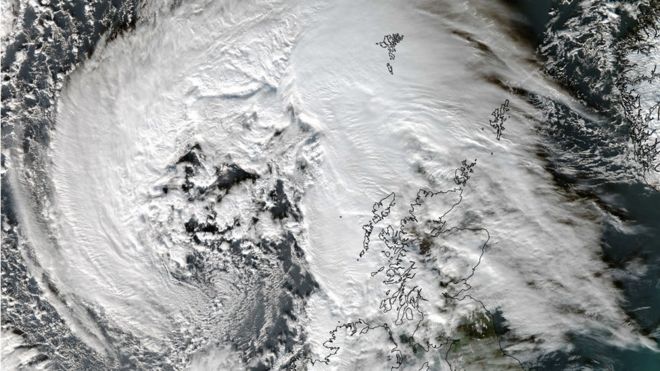When we think of mathematics, we often think numbers, formulas, data handling and a whole host of other mathematical concepts. However, have you ever just looked around you whilst out in the outdoors and thought ‘maths is beautiful?” I guess its a thought that never springs to mind. However, mathematics is actually in everything we see in the outdoors (believe it or not) and this blog post aims to highlight how beautiful maths is within the context of the outdoors.
To see mathematics in the outdoors, we do not need to look far. It is in the very buildings that you see walking up and down the street. Here is a building that should all be too familiar:
For those of you who don’t know, this is the Dalhousie Building at Dundee University. I don’t know about you, but I feel believe that this is an architectural masterpiece. Firstly, if you look at the design, it is very visually appealing and it incorporates squares and curves to create a building that is grand in size. Where does the maths come into this? Well if we think back the original plans of the building, it had to be measured accurately in order for it to come together. Of course, there would have been slight room for error, but it had to be pretty accurate. If we think about the windows, the architects had to create enough space so they can tessellate perfectly. This absolutely astounds me. When looking back to a lecture on the golden ratio, you can almost see it happening here. To elaborate, the golden ratio was a ratio used since the 1500’s as it was perceived to be aesthetically pleasing. It uses the formula:

This can be best described using this square:

Basically, A golden rectangle (in pink) with longer side a and shorter side b, when placed adjacent to a square with sides of length a, will produce a similar golden rectangle with longer side a + b and shorter side a. This illustrates the relationship  .
.
This all together makes this pattern which can be recognised in Fibonacci’s sequence:

This is seen to make an aesthetically appealing design:
 Picture Courtesy of apple.
Picture Courtesy of apple.
So where does our Dalhousie building come into this? Well if we look at the elevation of the building (the front of building consisting with the front entrance and the classrooms in the second block, we get a (block two) and b the entrance which would create this perfect spiral. I find this absolutely intriguing. This is not just the case for Dalhousie, However, this is the case for most things in our world. If we look at this plant:

we can see the golden ratio coming into play along with Fibonacci’s sequences. This officially ties nature and mathematics together and the results are absolutely breath taking. In this image above, not one segment of the flower is out of place. They all spiral in the same direction towards the centre of flower which makes it symmetrical.

And here it is again (sorry, I couldn’t resist). Everything in this world is tied into mathematics and this is why maths is beautiful. Whether its looking at buildings or looking at flowers, the fundamental mathematics is there. With buildings, its all do with measuring and being precise and I guess with flowers you could say pattern. Whatever the outcome, just have a look at the world around you and it might amaze you like it has me. Maths is beautiful.




